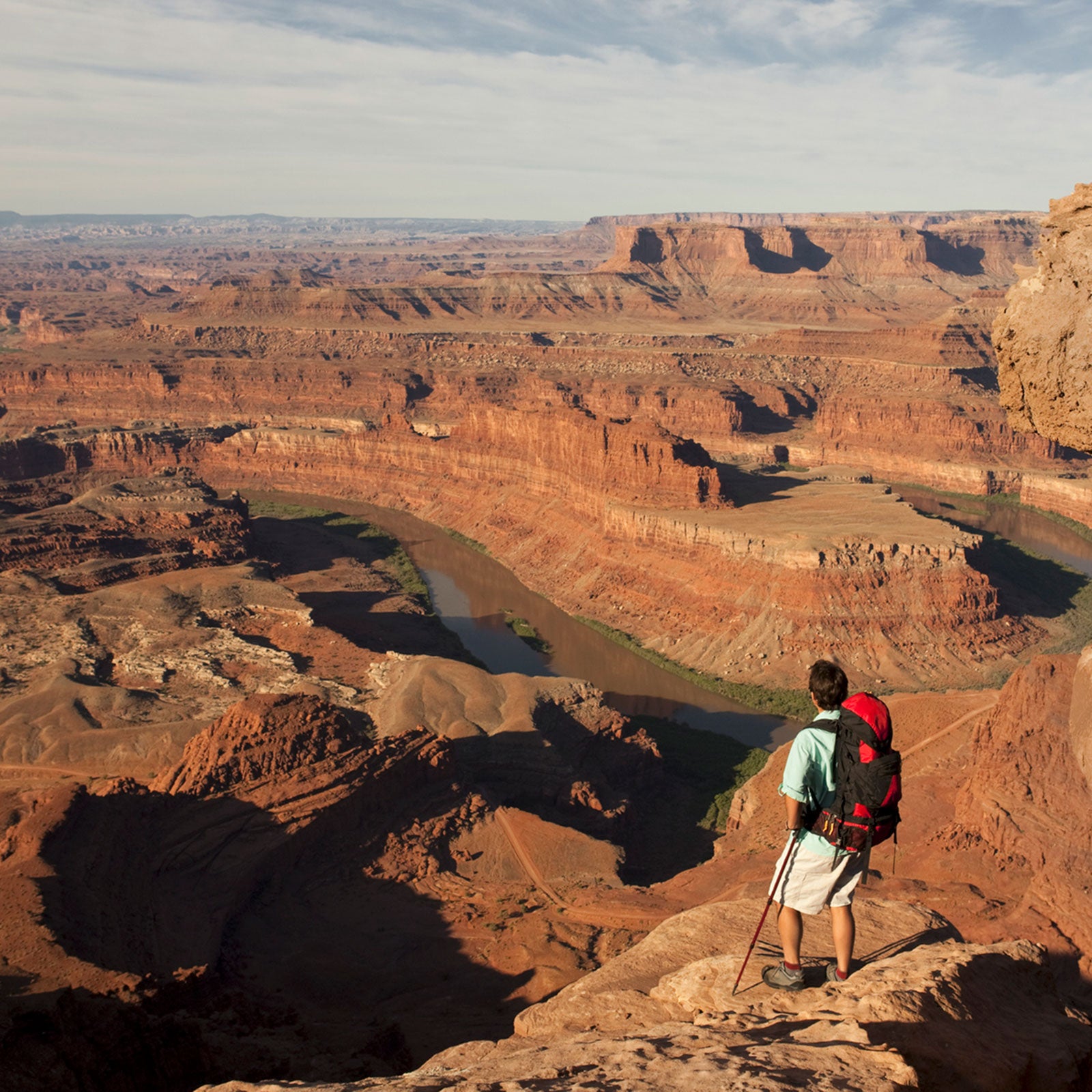Sometimes the busloads of tourists crammed into the designated scenic overlooks at national parks can be a bit much. If you want a truly wild experience this summer, explore our underrated state-park system. Here are five of our favorites.
Ecola State Park, Oregon
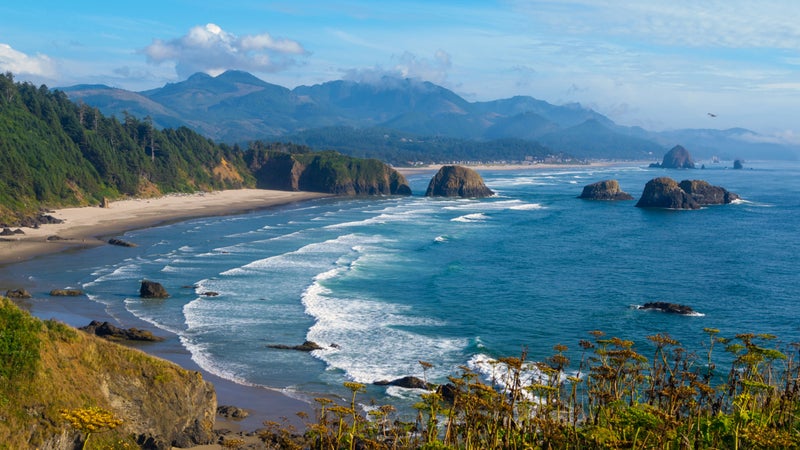
encompasses nine miles of dramatic coast that outlines the cliffs of��Tillamook Head in northern Oregon, an hour and a half west of Portland. The scenery is iconic Pacific Northwest, moving from Sitka spruce forests in the interior of the park to sea stack–rich beaches that you’ll recognize from half a dozen movies (shout out to The Goonies). ���ϳԹ���rs have two main beaches to choose from, a choice sliver of the Oregon Coast��Trail to hike, and plenty of lonely beach breaks to surf. And then there are the whales, which come to feed along the coast throughout summer.
To truly experience the park, hike the eight-mile section of the that runs through the property. Along the way, you’ll move from thick spruce rainforest to tall cliffs with long-range views of the Pacific Ocean where, if you’re lucky, you’ll spot a gray whale. Short spur trails also lead to Ecola State Park’s beaches.
, inside the park, has consistent breaks that peak during the summer. You’ll need a wetsuit, but the break is never crowded, and the view looking back at the cliffs and forest from your board is stunning.
Baxter State Park, Maine
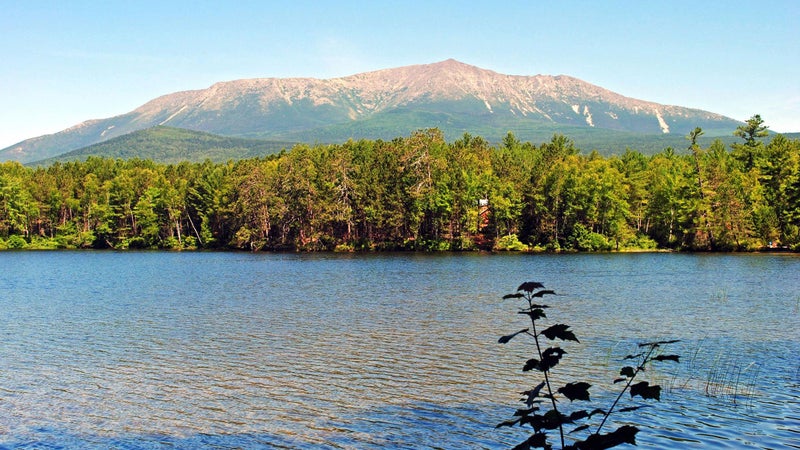
If you want to sample the rugged beauty of New England, go to , a massive 200,000-acre wilderness full of backcountry lakes, full-day multipitch trad routes, and the ridiculously dramatic northern terminus of the Appalachian Trail. Given its terrain, Baxter could probably qualify as a national park.
There are more than 200 miles of hiking trails in the park, but the portion of the Appalachian Trail from the Roaring Brook Campground��to the summit of Mount Katahdin is the most popular. Start early and be prepared for an all-day summit push that includes a mile of particularly hairy knife’s-edge scrambling. But it’s totally worth it thanks to��the views and high-alpine experience.
Wassataquoik Lake is a 178-acre pond that sits in the middle of Baxter, offering some of the best backcountry camping and paddling in the Northeast. You’ll have to for a site early, and then knock out a ten-mile hike to reach the lake, but Wassataquoik is a mecca for moose, and a lakeside lean-to (think: three-sided trail shelter) means you don’t have to bring a tent. Even better, you can borrow a canoe from the backcountry livery on the lake for just $8 a day.
Dead Horse Point State Park, Utah
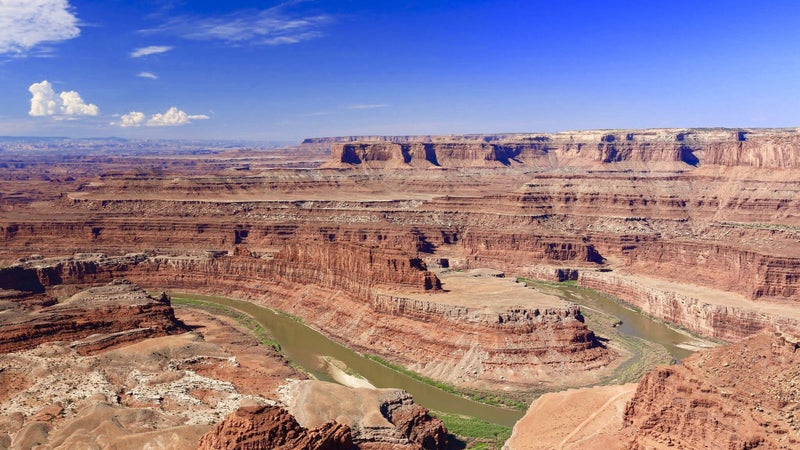
This terrain surrounding Moab is so grandiose, it’s almost cartoonish. There are��elegant sandstone arches and deep-orange canyons as far as the eye can see. Arches National Park and Canyonlands National Park get the most attention, but which sits between the two, can hold its own. The 5,362-acre park occupies a dusty plateau perched 2,000 feet above the Colorado River, offering views that rival the Grand Canyon. Knock out a trail run along the 2.5-mile ��for a rock-hopping excursion that takes in several big views of the river’s Horseshoe Bend. Then spend a full day mountain biking the 17 miles of singletrack that cuts through the park’s , which delivers plenty of Moab’s signature slickrock as well as views deep into Canyonlands. The state park has two campgrounds, and you can book a new yurt in the��new Wingate Campground for $140 a night.
Grayson Highlands State Park, Virginia
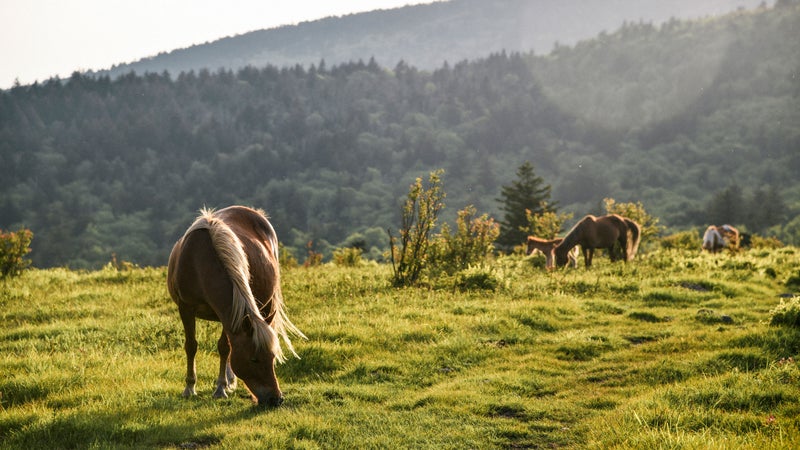
Wild ponies, man, we’re talking long-haired wild ponies. That’s the obvious highlight of in Virginia’s high country. The animals were introduced to the park in the seventies��because their grazing keeps the area’s high-elevation balds, which have no tree cover, from reforesting. In 2019, the ponies make the world’s cutest photobomb opportunity. But Grayson Highlands is so much more than feral horses. The park has some of the wildest terrain in the South, rich with boulders, peaks that rise a mile in elevation, and a gorgeous chunk of the Appalachian Trail.
Grab one of the yurts in the , then knock out a hiking loop that uses the Appalachian Trail as its backbone, which will take you through above-tree-line meadows, with��plenty of rock outcroppings to scramble and the occasional wild pony. Spend the afternoon working the hundreds of problems on big,��gray rhyolite boulders in Area, a massive boulder field with endless views that take in Virginia’s highest peaks. The park even has you can rent.
Tettegouche State Park, Minnesota
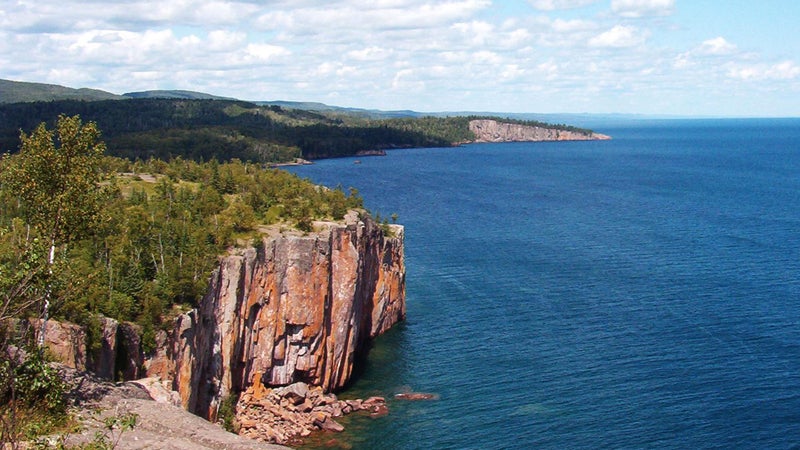
The north shore of Lake Superior is as impressive��as the middle of the U.S. gets, thanks to a coastline that’s defined by tall cliffs and an interior forest rich with small lakes and waterfalls. The 9,346-acre , an hour north of Duluth, protects some of the most stunning north-shore terrain. The park has 23 miles of hiking trails—including a 12-mile section of the Superior Hiking Trail—beaches, and the best climbing in Minnesota.
You could spend a few days meandering through Tettegouche on foot and never get bored, but your priority hikes need to be the three-mile Cascades and Falls Trail, which follows the Baptism River and takes in the 60-foot-tall High Falls, and the Shovel Point Trail, a 1.5-mile hike with incredible views of Lake Superior and the cliffs that separate it from the park. If you’re a climber, grab a free permit and head straight to Palisade Head, a sheer rock face hanging over Lake Superior with more than 100 established routes, many of which are midwestern classics. There are a number of camping options inside the park, but try to snag one of the four remote cabins in Tettegouche Camp ($130 a night), which you can only reach by foot or bike.


